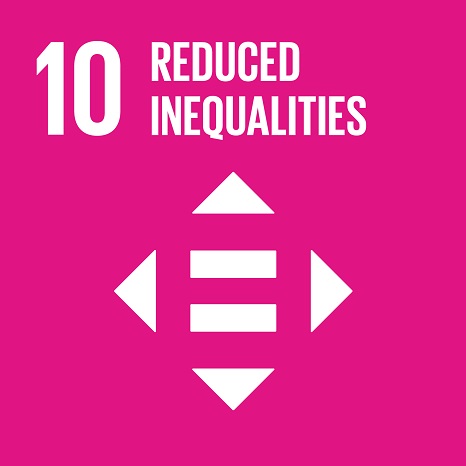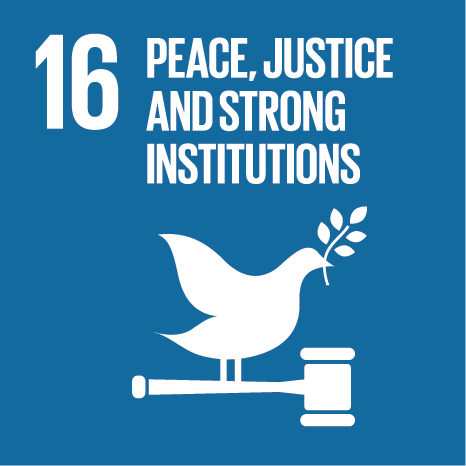Beyond tradition: Portuguese media startups lead in innovation and get closer to audiences
Event Title
European Media Management Association anual conference
Year (definitive publication)
2021
Language
English
Country
Sweden
More Information
Web of Science®
This publication is not indexed in Web of Science®
Scopus
This publication is not indexed in Scopus
Google Scholar
This publication is not indexed in Overton
Abstract
Innovation plays a significant role in the evolution and consolidation of any media landscape. Despite their smaller size and influence when compared to historic and legacy brands, news media startups form a unique ecosystem for innovation, materialized by a wide range of journalistic, managerial, and business practices. Whether by the adoption of different business models, unique strategies of financing journalism, new ways of producing content or targeting niche audiences, the Portuguese news media startup scene is challenging industry standards and setting new benchmarks for the sector as a whole, legacy brands included.
Regardless of size or organizational features, news media brands have experienced hardship in the past decade, first with the 2008 financial crisis and now with the extreme conditions caused by the Coronavirus pandemic, which forced many projects into survival mode. The vast majority of research endeavors which aim to provide data and knowledge regarding the specific impacts of the pandemic on journalism, journalists and news media organizations often focus on legacy structures, ignoring smaller business ventures, which are vital to the pluralism and diversity of the media landscape. The Portuguese media ecosystem, although small in comparison with other European countries, follows, in general terms, similar production and media consumption patterns (Digital News Report, 2020), so it may be seen as a barometer for other markets.
In this research we target a sample of Portuguese journalistic startups, interviewing key stakeholders in each one using semi-structured interviews. Analysed news media startups were selected according to the following criteria: running a distinguished business, governance and internal management policies orientated towards equality and sustainability, content production and audience engagement strategies, monetization funding tools, partnership development, innovative ways to promote innovative work, offering differentiated products and services and / or targeting specific audiences or geographical contexts, and sustainability as challenge for media and journalism.
Some of the subjects were already part of a 2018 research so, in these cases, it will also be possible to identify their evolution, development, changes and results of the previously identified strategies.
Collected data is used to: a) obtain qualitative information on challenges, sustainability, development plans and self-perception of the journalistic product offered, as well as the negative/ positive impacts of the pandemic; b) conduct an analysis of each project using the Business Model Canvas analytical framework (Osterwalder & Pigneur, 2010; Carter & Carter, 2020), as an effective tool to measure the market, as it enables an understanding of what different subjects have in common, as well as of what differentiates each one. These results are further developed and explored by a thematic analysis of the website (using an adapted version of the IPTC NewsCodes). To support this methodology, we also conducted an analysis of each news brand website performance, using Google’s developer’s tools to understand the digital performance of each project, as all projects included in our sample have at their core a strong digital proposal.
We argue that while innovation and new ideas are vital to any news media structure, startups are particularly prone to the adoption of extreme innovative practices in opposition to already consolidated projects (Sadeghi, 2008; Ries, 2011; Xia & Roper, 2016). We also argue that the innovation patterns materialized by startup projects are as vital to the evolution of the Portuguese media landscape as the content and business proposals of already consolidated offers, setting new benchmarks for the industry as a whole through extreme forms of experimentation.
We also demonstrate that despite the smaller scale of the business and professional practices, the strategy of news startups may offer different and innovative answers to the challenges posed by the Coronavirus pandemic, solutions that cannot be found by limiting our analytical scope to traditional business models and legacy ventures. Whether by the adoption and exploration of new revenue sources, different ways to engage with audiences or innovative ways to structure business models and content offers, startups have organically evolved to become resistant to extreme market conditions, in a way legacy brands do not systematically experience.
During the research process, we found that these themes and subjects are better understood if approached using hybrid methods from different scientific areas, such as management and social / communication sciences (Deuze & Prenger, 2019; Kueng, 2015, 2017). An approach contextualized by the referential frameworks of one or other knowledge field alone will probably result in a skewed image that fails to recognize the expression of each subject within its context.
Acknowledgements
--
Keywords
journalism,media management,inovation,startups
Fields of Science and Technology Classification
- Media and Communications - Social Sciences
Contributions to the Sustainable Development Goals of the United Nations
With the objective to increase the research activity directed towards the achievement of the United Nations 2030 Sustainable Development Goals, the possibility of associating scientific publications with the Sustainable Development Goals is now available in Ciência_Iscte. These are the Sustainable Development Goals identified by the author(s) for this publication. For more detailed information on the Sustainable Development Goals, click here.

 Português
Português




